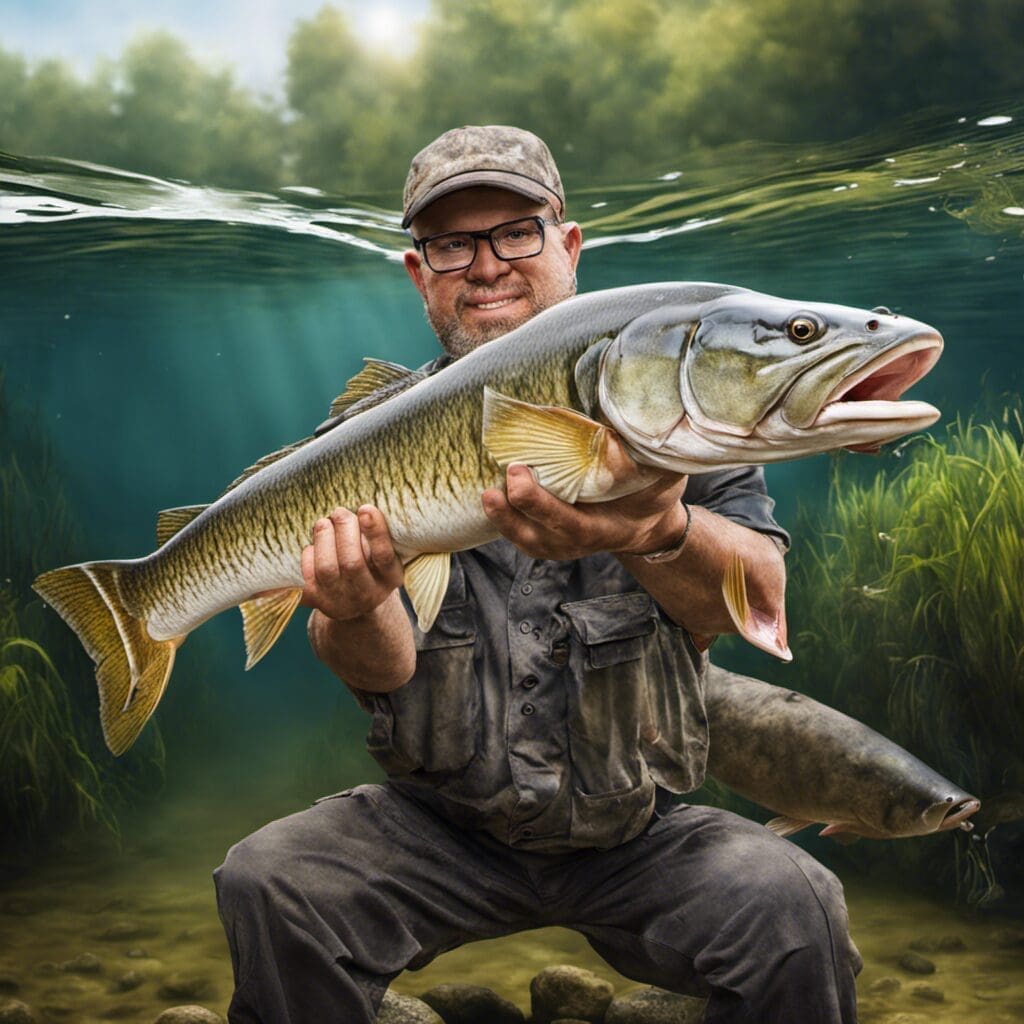Introduction
The Bowfin is a unique fish belonging to the Amiidae family. It’s scientific name is Amia Calva.
Conservation Status
The current conservation status of the Bowfin, according to the International Union for Conservation of Nature (IUCN), is ‘Least Concern’. This means the species is low risk and conservation efforts, while essential across the larger ecosystem, are not community focused for this species.
Statistics
| Statistic | Average | Range |
|---|---|---|
| Length | 20 inches | 8-34 inches |
| Weight | 5 lbs | 1-21 lbs |
| Lifespan | 10 years | |
| Sexual Maturity Age | 2-3 years |
The Bowfin is a hardy, adaptable species that can grow throughout its entire lifespan.
Distribution
Ensconced across North America, the Bowfin is found in regions of US and Canada, predominantly in the Mississippi River basin, the St. Lawrence River, and the Great Lakes. They show no specific migration patterns.
Habitats
Known freshwater dwellers, they are found in a variety of water types from slow-moving streams and rivers to marshes. They are tolerant to a wide range of temperatures.
When and Where to See
These fish, being nocturnal, are most active at night, especially during the warmer months which are their spawning season.
Best Fishing Locations and General Tips
Here are some top Bowfin fishing spots:
1. Mississippi River, USA
2. Lake Champlain, USA/Canada
3. Bayou Deview, Arkansas, USA
4. Great Lakes, USA/Canada
General Tip: Bowfin tends to gravitate towards areas with dense vegetation.
How to Catch
Bowfin has been known to bite at live bait such as worms, crayfish, and small fishes. They are typically caught by bottom fishing or trolling. Best times to catch them are at dawn or dusk during their active feeding time in the warmer months.
Identification Guide
The Bowfin is easily identifiable by their elongated bodies, olive-green shades, white or cream underbelly, and long dorsal fin.
Culinary
While the Bowfin’s culinary value is minimal due to its poor flavor and bony nature, some still enjoy this fish smoked or made into a fish cake. Their roe is considered a delicacy, often used as a caviar substitute.
Additional Information
Behavior
Bowfin are solitary and exhibit territorial behavior. Feeding predominantly at night, they are opportunistic feeders eating anything smaller than themselves.
Predators and Threats
Aside from humans who fish them for game, the adult Bowfin has few natural predators due to their large size and aggressive nature.
Cultural/Historical Significance
Despite their limited culinary appeal, Bowfin holds a significant place in sport fishing for their hard fight, earning them the nickname “freshwater tarpon”.
References and Further Reading
For more in-depth information and further reading, consider these sources:
1. Inaturalist
2. Fishbase
3. Florida Museum of Natural History

